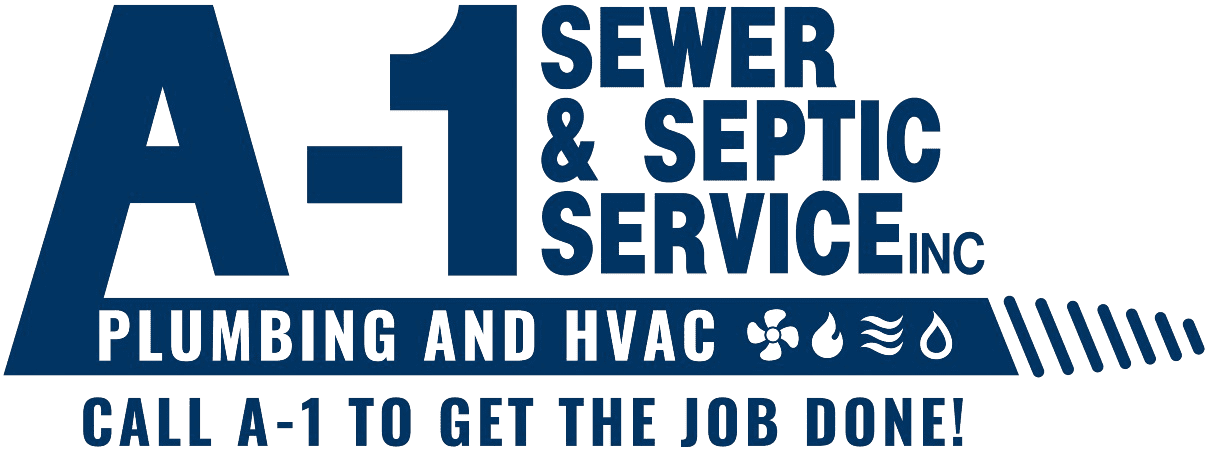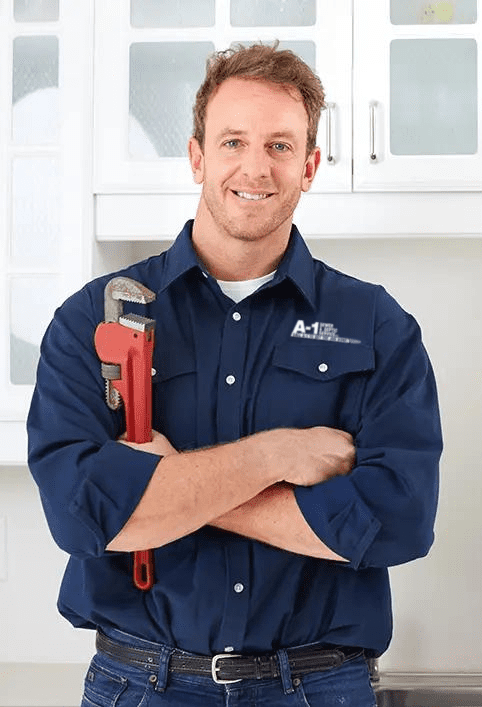Plumbing is one of those modern-day conveniences that we rarely think about until we have a problem. But, as we all know nothing says pain in the neck more than a clogged toilet, loss of water pressure, or broken garbage disposal. Or worse, a burst sewer line that has sewage spilling into your home instead of the septic tank or sewer system!
If you’re not the DIY type, you may not understand your home’s plumbing system all that well, but it’s really not that complicated. The trick is to gain a basic understanding of how everything works so you can maintain your system and prevent major problems before they start.
Here’s a basic plumbing checklist to help you get started with maintaining your home plumbing. Review this inspection checklist and ask yourself whether any aspects of your plumbing system may be in need of attention, inspection, or repairs.
1. Do you know where the shutoff valves are located?
If your washing machine has a critical malfunction and is overflowing, or you have a burst pipe, you want to ensure that everyone in your household knows where the water shutoff valves are located and how to operate them. If you’re not sure where they are, ask our Kansas City plumber to give you a tour, then label each one describing what it does and how to shut it off.
2. Have you checked for leaks lately?
Once in a while, you want to walk through your home and check all faucets, your hot water heater, and exposed pipes for leaks and corrosion. Don’t forget to regularly inspect your ceilings for any signs of a leak or signs of water damage. If you see one, have it fixed right away. If you notice a drop in water pressure over time you may want to check for leaks in your water supply system. If spigots and faucets have water leaks, you may notice an increase in your water service bill.
3. When’s the last time you had your septic system checked by a licensed professional?
If your home is serviced by a septic system, have it inspected at least once a year by a licensed professional. Tree roots in the main sewer line or wastewater supply lines can cause major issues, same with debris or animal nests in your vent pipes. If the vent pipes are in bad enough shape, the pressure can pull the water out of your toilet and p-traps, allowing sewer gas into your home beyond safe levels and being extremely hazardous to your health.
4. Do you have smoke and carbon monoxide detectors near the water heater?
If you don’t, be sure to install them in case there is a leak and it goes beyond the safe level for humans. This applies to furnaces as well.
5. Has a plumber checked your water heater’s ventilation system for fire hazards?
Make sure that you don’t have any flammable or combustible materials near the water heater. Have a licensed plumber check the water heater’s vents to ensure that they are working right and the room is properly ventilated.
6. Don’t pour grease down the kitchen sink’s drain.
Dispose of your grease in an old food jar or throw it in the trash. Never pour it down the kitchen drain, as the wastewater piping can suffer from blockages from buildup up grease and the sediment it collects. These plumbing pipes are not normally designed for grease, and this buildup is among the most common plumbing issues and can require a hydro jetter for drain cleaning.
7. Do you treat your toilet like a trashcan?
Don’t flush cotton balls, paper towels, baby wipes, feminine products, paper, cat litter, or anything else that’s not meant to be flushed. Otherwise, you could be in for a clog.
8. Do you run your garbage disposal dry?
Always run the faucet, typically with cold water, down the garbage disposal while you grind up food waste. This helps prevent clogs and buildup in the grinding chamber, so you don’t have the clean out the garbage disposal manually.
9. Where is the temperature your water heater is set at?
We tell our clients to periodically check the temperature of their water heater. Usually, water heaters should be set between 120 and 140 degrees. When you run the unit at lower temperatures, you’re saving money and extending the life of the water heater.
If you would rather a plumbing service go through the plumbing maintenance checklist and perform a full home plumbing inspection, call A-1 to schedule a service appointment today. We can inspect your drainage system, plumbing fixtures, water lines and ensure there are no plumbing problems; and if there are we can offer you a quote for plumbing repairs, and give you peace of mind as a KC area homeowner.



